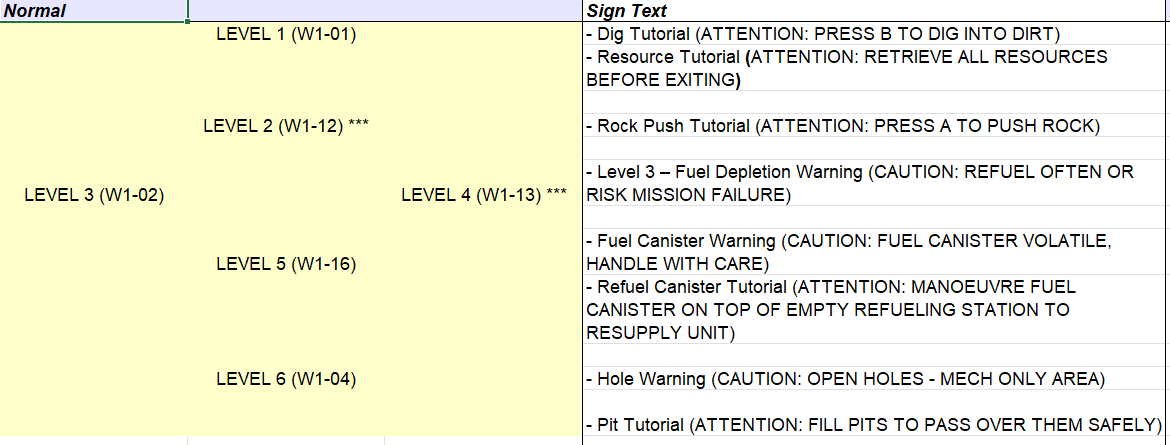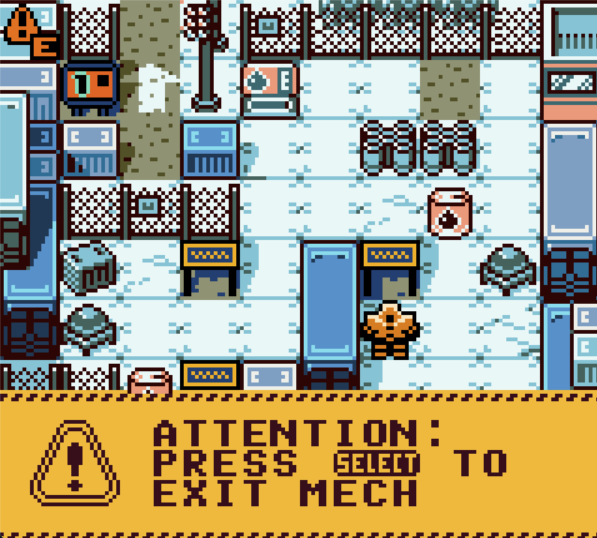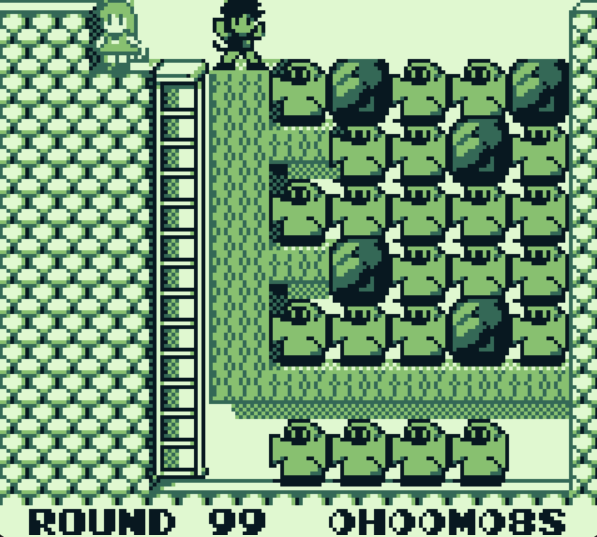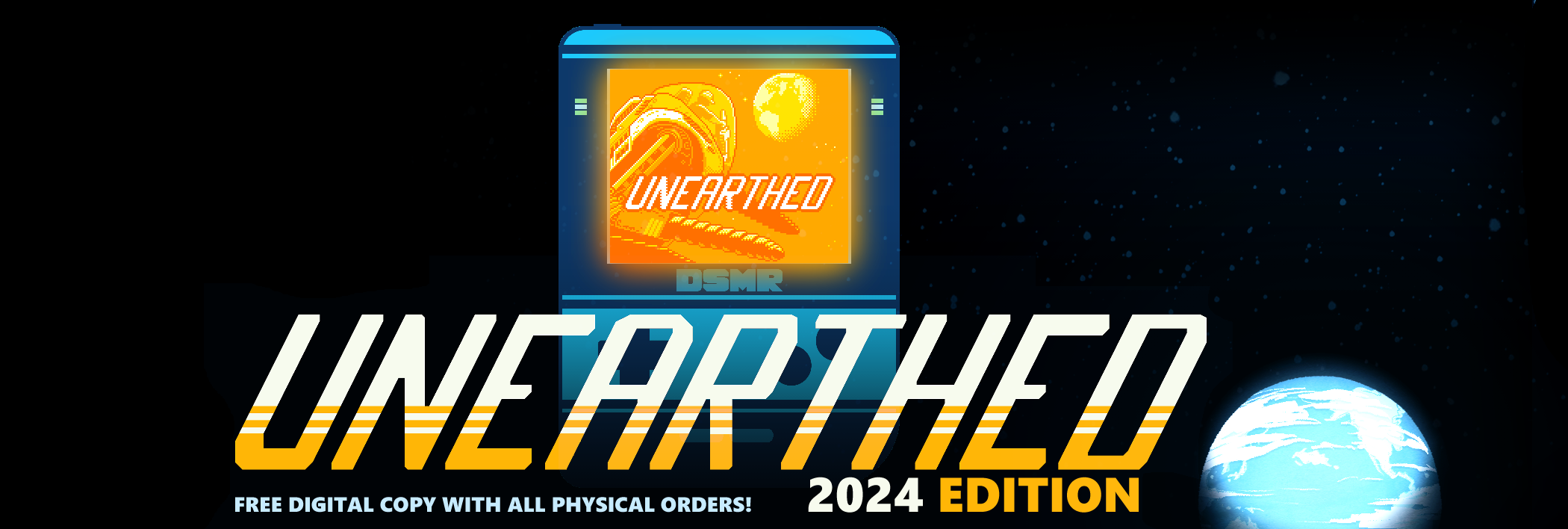Devlog 5: Difficulty & Game Flow

Ben and I are proud to announce that after nearly 3 years of development, UNEARTHED has finally gone gold! Its been a long development process but we are ready to share the game with all you Game Boy fans out there. The game will now be sent to the publishers, ready for a physical release. An official release date is currently not set but it won't be long until Unearthed will be in your hands! Now that we have reached this milestone, I will continue to release additional Dev Logs, sharing the development experience of Unearthed so that any one interested can learn more of out own process.
DEVLOG 5: DIFFICULTY & GAME FLOW
How hard is too hard?
It's a difficult question to answer for a number of reasons. Firstly, what's hard for one person, may be easy for another. Secondly, what's obvious to the level designer may not be obvious to the player. Maybe the visual elements aren't offering cues as well as they could be, or perhaps a tutorial section hasn't been designed clearly enough, or a tutorial is missing entirely. Or maybe the difficulty or complexity of the game is ramping up too fast or the player hasn't been given a chance to acquire new information and then bolster their understanding of their new found knowledge through repetition. These are the kinds of things I worry about when designing levels and the larger difficulty ramp of the game itself. It's a lot to manage!
The best way I have found to figure out what's going wrong when it comes to managing difficulty and gauging whether the player is flowing with the game as they play is to watch play testers in silence. Just watch, not explain what needs to be done, or excuse a problem, just take mental notes about how they behave, ready to tinker with the level and Game design in due course.
Of course, when you're in the middle of a jam, there is not much time for that. So it was me and my intuition doing the best it could to imagine how players would react to the information I would be presenting to them on the other side of the jam's closing day.
In this Devlog, I'll take you through some of the philosophies I applied when designing the level and world flow, and also show you what changes I made to solve some problems that were apparent post jam, once I had received that all important player feedback.
When testing various mechanics with my Lego blocks, I started to get a feel for what mechanics were easy to understand and what mechanics were yielding harder puzzles relative to others. It wasn't long before I could start plotting out a world's progression in a document.

This certainly wasn't the first iteration. I had to design lots of puzzles to truly know where I stood and order the levels appropriately. There was a kind of back and forth between designing levels, and returning to the document. I would make changes to the document based on the new designs to see the larger picture and then back to level designing and so forth. This process was in constant flux - always up in the air. But the basic idea was clear enough; the more mechanics, the harder the puzzle. You can see in the table above that there are more and more highlighted cells as the world progresses until every single mechanic is utilized in that final level to the right. In this way, I could slowly introduce a single mechanic or two per level, keeping the acquisition of new information at a steady drip rather than a deluge.
When introducing a new mechanic, I made it painfully obvious what the player needed to do in order to show them the effect of interacting with a mechanic. They would learn what the mechanic is all about and then I would test them on their new found knowledge by providing a harder puzzle in the next level. This can be a great way to ease the player into the difficulty without overloading their brain with new ideas. Finally, by combining more and more mechanics together, the puzzles would get more complex and naturally harder to solve. By this time, the player should be familiar with how everything works (in theory), and can focus on solving the logic of the puzzle itself.
The method of level design progression explained above is beneficial because the player can learn by doing, and offers them a sense of self-discovery. Some players will see a cause and effect, understand it and move on with ease, but not all players! So I also doubled down on the tutorials by placing contextual signs in any level that I thought could use it.

These signs will show a written word tutorial when the player interacts with them that offers more detail about a new mechanic. We wanted to make these optional because not everyone appreciates a wordy tutorial, especially in the early game when you would rather just be getting on with playing the game rather than reading sometimes… But it can act as a safety net for a player that's feeling a bit lost.

Now onto the difficulty of the game at large. I have played a whole bunch of puzzle games in my time, and certainly many Game Boy puzzle games. I have found that the old style of puzzle games typically got pretty hard pretty quickly. Games like Catrap/Pitman are really well designed but the difficulty sure can stump you. In fact, I still haven't finished them all after 24 years… I'm fine with that. It has no story after all, so I'm not looking to finish it anytime soon. But Unearthed is a different story because, well... it has a story. I'd like for the average player to be able to see its conclusion without too much trouble or frustration. But at the same time, I don't want it to be a walk in the park.

As I said earlier, I didn't have much time to get player feedback on the difficulty of the levels I was making during the jam, so in the end, they were probably a bit too hard. At the very least, the later puzzles tended to be very drawn out step by step sequences and therefore a little frustrating if you made an error. I know this because of the feedback I got from players post jam. Here is a look at a sketch of mine that illustrates what I was going for:
My intention was to create a steadily increasing difficulty as the world progressed but also drop the difficulty down in the first few levels of each world as the player would be learning new mechanics. I have since changed my philosophy for the full game based on the feedback I have received. Here is a look at a revised plan from my notes post jam:
Instead of constantly ramping up the difficulty, my intention for the full release was to plateau at a certain level of difficulty, so that most players will be able to see the conclusion to the story. Ordinarily this would risk boring the player, as the challenge has stagnated. To counter this, my new approach was to introduce new mechanics without continuously ramping up the difficulty, so that the game-play remains fresh and engaging.
In the next Devlog, I'll take you through the weeks leading up to the end of GB Compo21 and detail the development that came shortly after, when we decided to take this short experience and expand upon it for a full release.
Happy Gaming!
Tom (Gumpy Function)
Get UNEARTHED
UNEARTHED
An Interstellar Puzzle Game
| Status | Released |
| Authors | BenJelter, Gumpy Function |
| Genre | Puzzle |
| Tags | 8-Bit, Game Boy, Game Boy ROM, gbstudio, Mechs, mining, Pixel Art, Sci-fi, Space |
| Languages | English |
| Accessibility | Color-blind friendly |
More posts
- 1 Year Anniversary Sale!Aug 20, 2025
- Unearthed v1.1Sep 23, 2024
- UNEARTHED Digital Instruction Manual & More Now Available with Full ReleaseAug 20, 2024
- UNEARTHED full version is OUT NOW!Aug 07, 2024
- Devlog 10: End of the JourneyJul 26, 2024
- Unearthed pre-orders open NOW for the physical edition from Limited Run GamesJul 26, 2024
- Devlog 9: The Art of UnearthedJul 20, 2024
- Devlog 8: The Black Bug & other ProblemsJul 17, 2024
- Devlog 7: The Story of UnearthedJul 12, 2024
- Devlog 6: End of the Jam and Beyond!Mar 06, 2024

Leave a comment
Log in with itch.io to leave a comment.